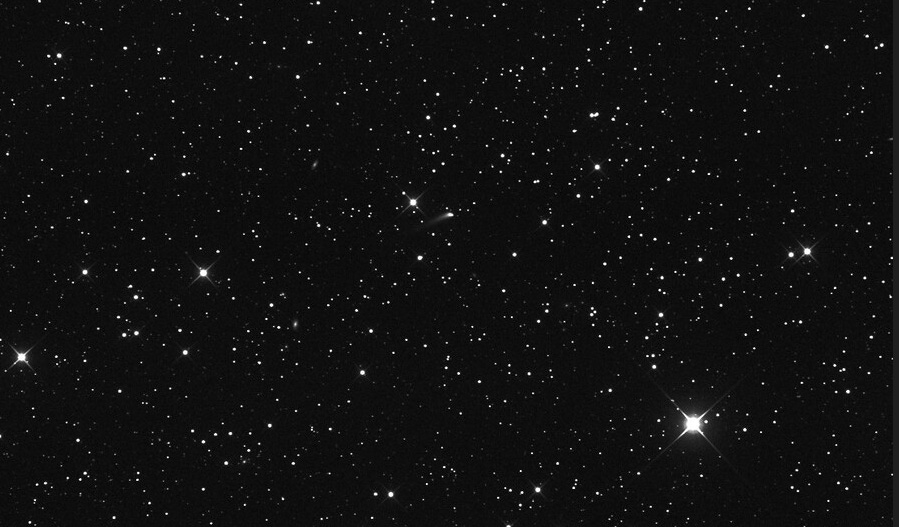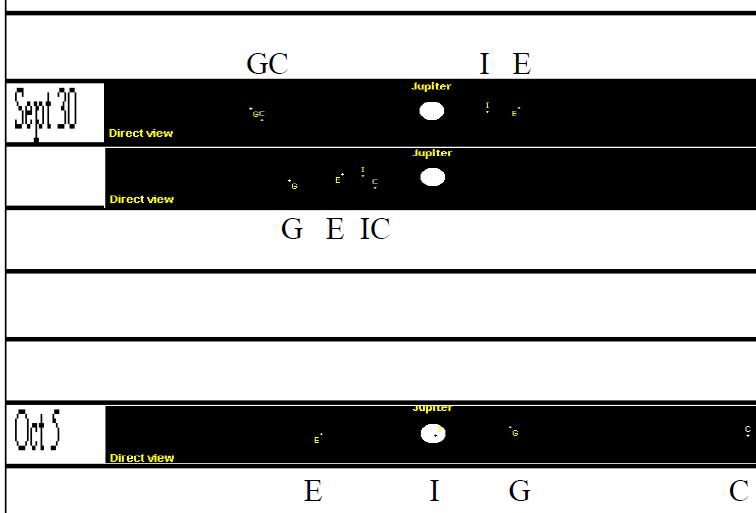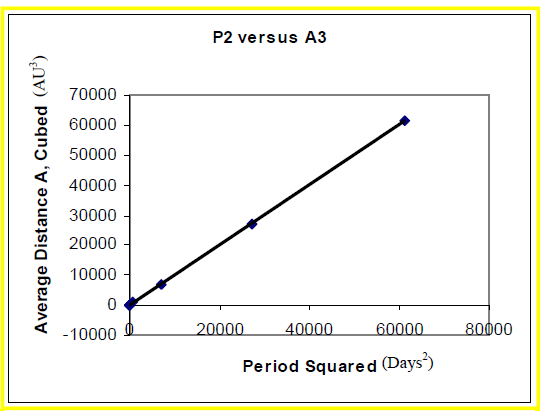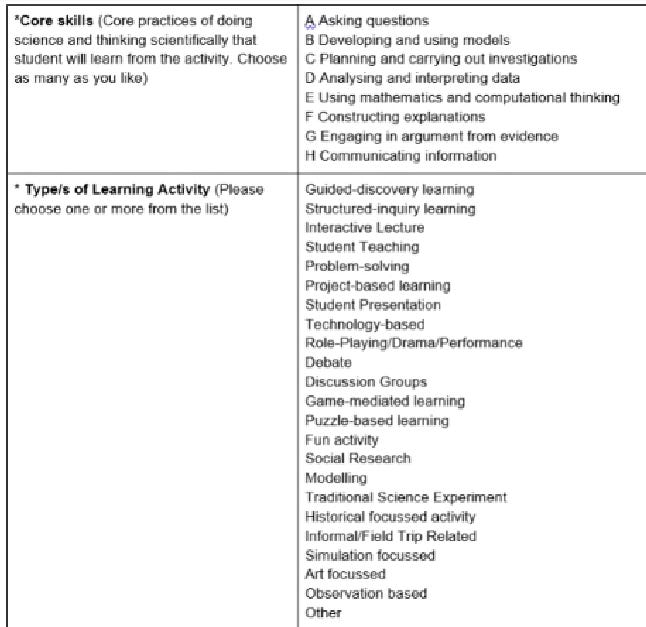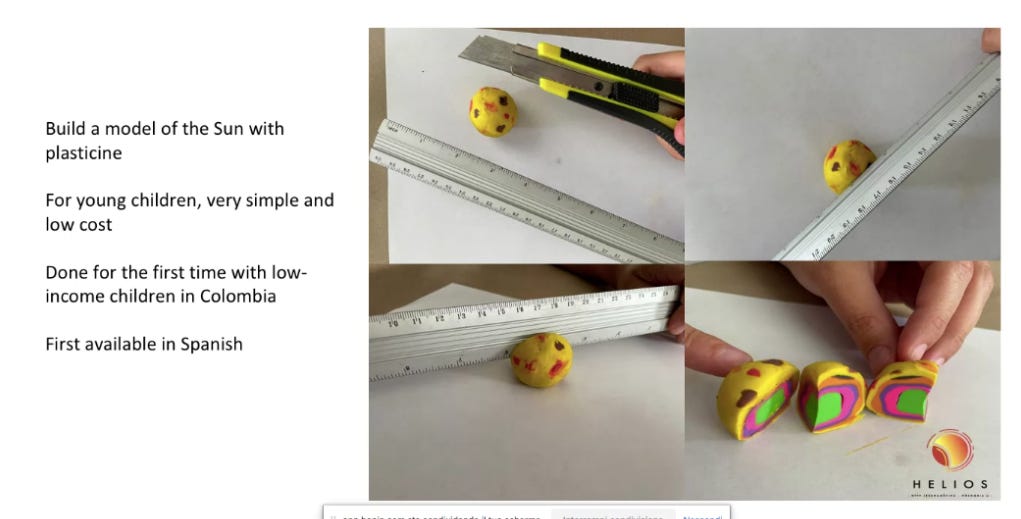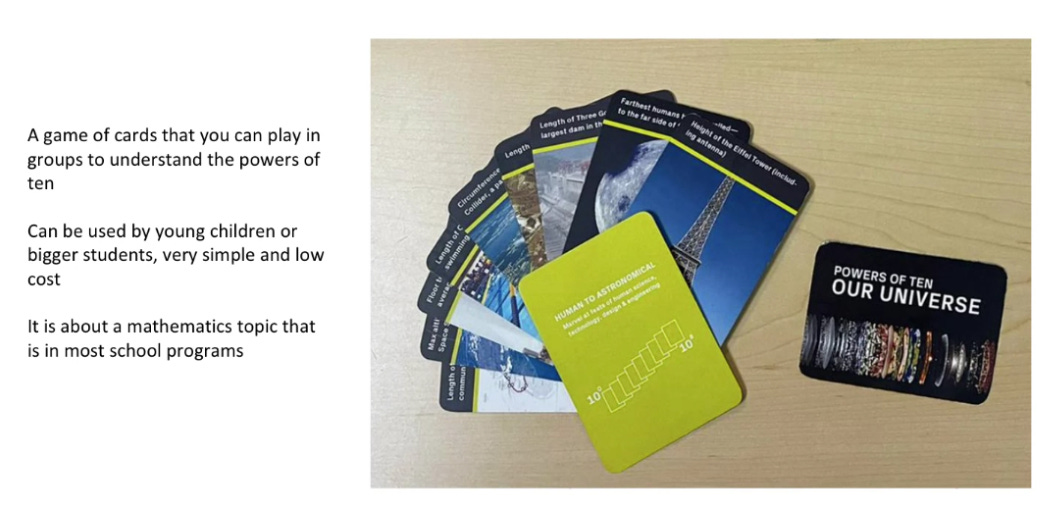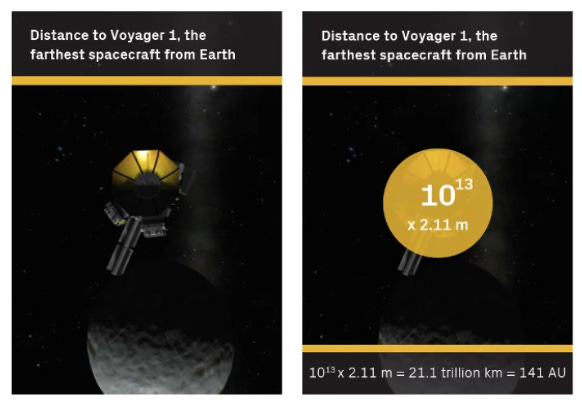#41 - Sky Lessons with a Comet and Jupiter's Moons - AstroEDU Teacher's Resource with 2 Samples [Free Post]
TCA 12/8/22: Sky Lessons--What To Teach With Comet ZTF and Jupiter in January; Teachniques-Connections--AstroEDU Resources for Teachers, Including Make a Sun, Powers of Ten; Solstice Discount Subs!
Cover Photo - Comet 2022 E3 (ZTF)
In This Issue:
Cover Photo - Comet 2022 E3 (ZTF)
Welcome to Issue 41!
- We’re #2! We’re #2!
- The Solstice Sun is LOOOOW…So is Our Solstice Subscription Offer!Sky Lessons
- Comet ZTF (Cover Story)
- Jupiter’s Moons and Kepler’s Third LawConnections to the Sky/Astronomical Teachniques
- IAU Shaw: AstroEDU Resources for Teachers
- Make Your Own Sun (from Colombia)
- Powers of Ten (from India)The Galactic Times InDepth Newsletter-Inbox Magazine
Welcome to The Classroom Astronomer Newsletter-Inbox Magazine #40!
I’d like to tout our own horns…..on Substack, The Classroom Astronomer comes up on searches as the #2 astronomy newsletter, #1 in Astronomy Education! The Galactic Times is #6!
- - -
Our Holiday/Solstice Offer to You!
Looking for a last minute gift? We’re an astronomy education publication. So we thought we’d have a Solstice Sale— get TCA at a LOW (Sun’s altitude in the sky on December 21st, get it?). But it is a cultural holiday time, too—Christmas on the 25th, a day chosen by early Christians to coincide with the Roman Saturnalia (the then-god of time, and the slowest bright naked eye planet) in order to hide their own celebrations (so I’m told). So we compromised. If you are a New Subscriber or a FREE Subscriber, click the link below, by the **23rd** (the Friday before Christmas; between the two dates, you’ll get TCA for a year for just $23.00, that’s 58% off!
But wait, there’s more! Subscribe to TCA at 58% off and we’ll send you a discount e-code for use on the Hermograph Press Store site, worth 58% off all items purchase there by the 23rd, too! This in addition to getting access to the Archive of all past issues and astronomy education news and information for a full year at our lowest price ever! Hurry, you have only two weeks left!
- - -
Key websites: Homepage for The Classroom Astronomer, with its index to all Inbox Magazine issues’ contents, by celestial object, educational subject area, grade level or venue, and with complete Tables of Contents:
https://www.classroomastronomer.com .
The ultimate home of our Universe — Hermograph Press — has its homepage at: www.hermograph.com and its Store, for educational materials and books, at: www.hermograph.com/store .
- - -
This issue completes our reports from the IAU Shaw Astronomy Education Conference, organized out of Heidelberg, Germany (other last ones are in Issue 42, for Paid Subscribers, out shortly). Barring the unexpected, we will report back to you after the American Astronomical Society meeting in January. Have a great—AND SAFE—and enjoyable end of year holiday, whatever holiday you enjoy! Thanks for subscribing!
Publisher -- Dr. Larry Krumenaker
Sky Lessons
1. Comet ZTF
Given the fact that end-of-year holidays are coming up, you might not yet into planning much for January and February, but here is something for which you should be doing so. We have a comet that will be naked eye (though not brilliant) and easily seen far from the Sun’s glare.
ZTF stands for the Zwicky Transient Facility, a camera that began operating in 2018 at Palomar Observatory in California (Named for Fritz Zwicky, an astronomer in the mid-20th century, notably an early pioneer towards dark matter studies). It takes images of the sky that are roughly 7 x 7 degrees square and covers the whole visible sky in three nights. It is a test of sorts for the Vera Rubin Telescope that is expected to do the same thing, only more of it. The goal of the ZTF is to look for anything that changes brightness (magnitude) rapidly. These includes variables, asteroids, supernovae and….comets.
Formally known as Comet 2022 E3 (ZTF), it was discovered March 2, 2022 and will reach perihelion, 1.1 Astronomical Units (AU) from the Sun, its closest point, on January 12, 2023, just beyond Earth’s orbital distance, not very close to the Sun at all. But on February 1st it will pass 0.29 AU from Earth. With an orbit that is nearly perpendicular to Earth’s orbit, it will be flying above us thus much easier to follow than most comets.
How easily?
Just after New Year’s Day it will break into naked eye visibility range, above 6th magnitude. It should peak somewhere between 4th and 5th (though as the saying goes, comets are like cats, they have tails and do as they please). It will fade back down below naked eye level in February. It has sported a tail during the past summer, but most recently it has been just a glowing cloud.
But even at these limited bright levels, what makes this easier than other comets is the fact that it WILL be over us, literally.
Above is the path of the comet in January, starting from a more or less stationary knot in Corona Borealis and then zooming between Bootes and Hercules into Draco as it breeches the naked-eye brightness limit. To find these stars, look first into the Northeast, near the horizon at roughly 2 AM in early January. But then….
…the comet, as it reaches peak brightness, passes close to Polaris, visible any time of night from sunset until dawn. How conveniently observable for all in the Northern Hemisphere can you get?? As it fades away it passes into the evening winter stars of Auriga and Taurus.
What can you do with a passing comet?
The most obvious thing is to have students make nightly observations, most likely with binoculars or small scopes. It is likely that this comet will not be brilliant enough to give oohs and aahs with the unaided eye, but it should be easy to find and track. It can be a motivator to students to get truly interested in astronomy and science and be a record to keep for years. Astrophotography can be something to be tried as well.
Nightly changes in appearance could be something to watch for. Normally comets beyond 1 AU aren’t much subject to changes from solar wind influences but the Sun is rather active so you never know what can happen.
Advanced students can make positional measurements, getting right ascension and declination measures, and try making orbital calculations. Warning—it won’t be an ellipse. This comet is a one-and-done visitor.
2. Jupiter’s Moons and Kepler’s Third Law
Jupiter is in prime evening position and when school resumes in January it will be so for 2-3 more months, before it starts to get lost in the solar glare. Start the year off with a good observational exercise, tracking Jupiter’s Galilean moons and derive Kepler’s Third Law.
Now, a caution. Yes, you can find Jupiter moon simulators on the Web. There are labs that use computer programs, such as CLEA, that simulate the experience. But these don’t teach how to do science the real way. Having to make real measures. How to deal with data gaps from when the sky is cloudy for a few nights. Interpolation and figuring out when the little moons were at their extreme positions—and you didn’t see that. Gathering data over a series of repetitive real cycles to minimize errors. Computer programs and simulators just don’t do that.
It is suggested that you use at least small telescopes so you can get all four moons. Binoculars do not always get the inner moons well, and they don’t always come with tripods to steady the image.
Finally, we aren’t going to get P-squared = k(=1)*A-cubed, because we aren’t going to be using years and AU for units. We are going to get the squared and cubed parts, and a linear relationship, but the units are not going to be the same, and k won’t equal 1. In any case, it is a good graphing exercise, too, and Kepler’s Laws are a part of the Next Generation Science Standards, as discussed in previous TCA Newsletter issues (go to the TCA home page—not Substack—and look under the menu for the NGSS discussion on the astronomy found there).
Jupiter’s disk itself appears distinctly but still very small in smaller scopes. Binoculars are more likely to be found in students’ homes than telescopes, and the outer moons Ganymede and Callisto are better at determining the Third Law than the inner ones. Still, it helps to get at least three of the four moons to get this right.
The moons appear to be shuttling back and forth from one side of Jupiter to the other. When observations are placed in order of time of observation, connecting each moon’s position during the shuttling would create wavy lines down the sheet. Try it with the above partial example.
One of the two key datum needed is the orbital period P for each moon—how long it takes in days to go from one side to the other and back to the same place as it started. The other key, A, the moon’s average (or here, maximum) distance from Jupiter, can be measured by using Jupiter’s diameter as our ruler, our ‘Astronomical Unit’ of distance. Measure how many Jupiter diameters there are between the center of Jupiter and the spark of light of the moon. Do this for at least two weeks but better a full month or longer. You need to find the farthest each moon gets, and if there are several such maxima, average them and use both sides. The reason you want a long observing time is that the farthest moon takes about two weeks for one orbit and you want to have at least 3 repeating plots for that moon, to get a good measure of A and P. Plus you won’t have every night clear! Welcome to real-world science!
When you have your observations, plot them on a graph where the date is on the Y-axis and the distance is on the X axis. (Leave blank spaces for dates you did not get an observation!) You are seeking two values: how long it takes the moon to return to its maximum distance on one side of the planet (P) and the maximum distance itself in Jupiter radii (A).
Once you have determined the moons’ P and A values, calculate P-squared and A-cubed and plot each moon’s values in another X-Y plot, where the P-squared is on the X-axis (the horizontal axis). The slope of the line = k. Generally, k = ~ 0.12 in this system because of our units; in the real Kepler’s Law of real AU’s and years it would be k = 1.
Connections to the Sky/Astronomical Teachniques
IAU Shaw: AstroEDU Resources for Teachers
AstroEDU (astroedu.iau.org) is a large collection of astronomy education activities that have gone through a peer review process before being made available to the public. At the November IAU Shaw meeting, members of the AstroEDU team gave a workshop on not only what AstroEDU was about, but also on how to submit ideas to the service that others could use. Additionally, two examples were demonstrated and will be shown below.
The activities cover a wide range of types, metadata coded by education levels (primary, secondary, etc.), age groups, scientific categories (Solar System, Exoplanets, Instrumentation, etc. — you can choose/search up to 3), location where the activity must be done, keywords, how long it takes to do, whether it is a group or individual activity, any costs for the students, safety issues, core learning skills, and activity types such as guided discovery, inquiry, interactive lecture, puzzle-based, and more.
A successful proposal has to include the answers to five questions:
Who can do it?
What do you do?
Why do you do it?
Where in the (educational) program?
How can you explain it?
In submitting the answers to these, you ultimately produce a document with Sections that include:
Background on the topic (and even Further Information references and details),
How you evaluate it,
Full description of what you do before and during the activity,
What materials are needed (including what is available for downloading, printing, etc.),
What goals are to be met, and
What are the Learning objectives of the tasks.
Activities are doubly reviewed before approval and publication.
Here are two examples, one for primary students, one for a higher grade level, with some examples of the process as well as the activity themselves.
Make Your Own Sun
Carolina Escobar Garcia and Leon Jaime Restropo Quiros, Colombia
Available in Spanish and English (astroedu.iau.org/en/activities/2202/make-your-own-sun), the activity uses plasticine to make small models of the Sun’s surface and interior. The answers to the five questions are:
Who—Primary (ages 4-12 mostly),
Where—In the unit of Sun, Solar System and Stars,
Why?—Goals: Experience astronomy as a hands-on and fun experience; Learning Objectives: Learn about the Sun’s structure and how the Sun works,
Explain it—Go over the fusion process in the Sun’s interior utilizing the Background section information,
What do you do?—Utilize the instructions on how to make the layers, and then slice the ball open to see them.
Powers of Ten
Jaya Ramchandani, India
A group of four different sets of ten cards in different levels: Advanced—Subatomic to Molecular, Easy—Molecular to Human, Moderate—Human to Astronomical, and Difficult—Astronomical to Cosmological. They do not need to be used at the same time or together. The cards are two-sided, with a picture on one side, and numbers and powers on the other.
The simplest game is to put the cards face-up in a random order and to guess (and write on a post-it) the power of ten value they believe the card should represent, and place the cards into order. Then turn over the cards to see if they are correct. A discussion should ensue about what and how they got answers right or wrong.
Other workshop participants suggested that students then look for examples around the classroom, school and home for powers of ten in the real world.
Unfortunately, the poster of the workshop did not put up a website URL but one could search AstroEDU to find the activity.
The Galactic Times InDepth Newsletter-Inbox Magazine
Longer, deeper looks at ONE topic of the Universe, a New York Times Magazine level article in each monthly issue.
For Information and Previews, click…
Issue 1—November 2022 Space Tourism on Earth - A Visit to a Crater (Article Available as a PDF for free in the online preview).
Issue 2—December 2022 What’s Above Us? An examination of the Gaia Mission and exploring the question, What Stars are REALLY above the Earth and the Solar System?




